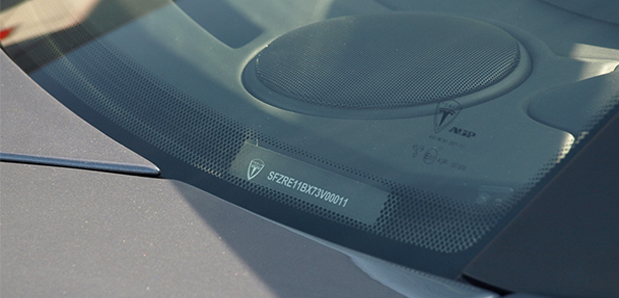
You want to know the answer to question: where is VIN Kia? VIN number checking is really important when you are buying used Kia car. VIN number let you get information about Kia history.
VIN number in different Kia vehicles is located in different places. It depends on the model. The most popular places are: on the floor under or next to passenger seat, on the engine itself, on the dash near the windshield, on the door frame, next to steering, on the radiator support bracket, next to passenger seat, next to spare wheel. Check VIN location Kia and avoid cars with hidden defects.
Chassis number Kia location depends model like: Besta, Cerens, Carnival, Ceed, Cerato, Elan, Joice, Leo, Mini, Optima, Picanto, Roadster, Sportage and others. In the older vehicles, VIN was placed on namplate. In the new cars often is placed on nameplate sicker behind front glass. You should remember about this if you want to buy a used car from other peoples. We recommend you to use our tool which provides huge database of vehicles and helps with looking for VIN number.
Checking VIN in Kia – enter body numbers
Remember that before you buy, check the history of the vehicle. You do this by typing the VIN Number Kia below:
The generated report is an invaluable aid in checking the vehicle. The data it contains constitutes a basic compilation of information necessary to know the history of the car. All the information contained in the report you receive is an indispensable and even necessary element of checking the car before buying it.
VIN number – what is it?
The VIN, or Vehicle Indentification Number, is a unique vehicle identification number that contains numerous and important pieces of information about a car. The VIN contains information such as country of manufacture, model year, drive type, engine version, equipment options, among others.
VIN numbers were first used in 1954 in the United States. Car manufacturers such as Kia were already marking their cars in this way. Marking of this type began to be used by manufacturers in Europe. However, the first numbers looked very different. It was not until the 1980s (in 1981 to be precise) that the world’s manufacturers, together with the US manufacturers, finally agreed on this issue.
In 1981, the National Highway Traffic Safety Administration in the United States standardised the format. Cars sold should contain a 17-character VIN that does not contain the letters I (I), O (o) or P (q) (to avoid confusion with the numbers 1 and 0).
A common standard has therefore been developed to facilitate the work of the police, insurance companies and used car dealers. From now on, the VIN of each car has 17 characters – letters and numbers.


 EN
EN  PL
PL  RU
RU  DE
DE  HU
HU  EE
EE  LV
LV  RO
RO  SI
SI  CZ
CZ  LT
LT 